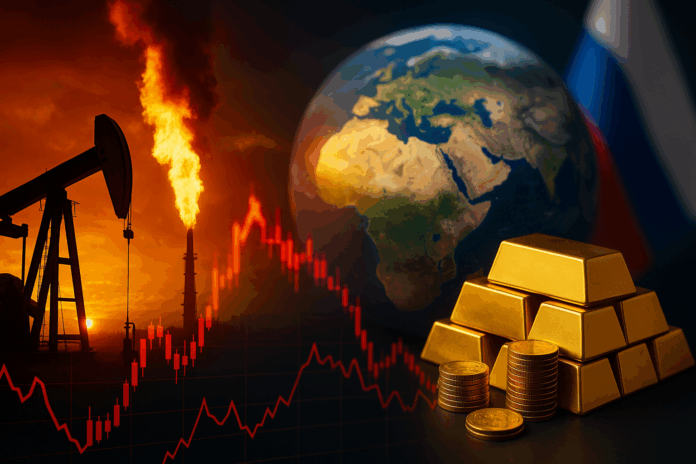Geopolitics and Market Impact: the recent Israeli airstrikes on Iranian nuclear infrastructure, and Tehran’s retaliatory drone and missile assaults, have triggered an acute geopolitical flashpoint. Markets responded instantly. Yet beyond the immediate reaction lies a more complex matrix of economic implications, spanning energy, inflation, monetary policy and great-power dynamics. This multi-layered landscape challenges traditional asset allocation strategies and highlights the return of geopolitics as a central force in global market pricing.
As tensions between Iran and Israel intensify, underpinned by a 20-year cooperation pact between Iran and Russia signed in early 2025, fears grow over possible disruptions in the Strait of Hormuz. More than 20% of global oil flows through this strategic chokepoint. A credible threat of closure has reignited the risk premium across energy markets, with ripple effects beyond commodities.
Oil Shock and Market Fragility
Brent crude surged by over 13%, briefly peaking near $78/barrel, reflecting investor anxiety over Iranian supply disruptions. Historical parallels from previous Gulf conflicts suggest a temporary price spike is likely unless further escalation ensues. Analysts warn that sustained oil above $85–90 could inflict a stagflationary shock, eroding growth while accelerating input costs.
Meanwhile, the correlation between oil and gold, historically low, is tightening. Gold, already in an upward channel, climbed above $2,350/oz as investors pivoted to safe-haven assets. Equities in the US and Europe slipped between 0.5% and 1.8% across indices, while volatility spiked. The VIX briefly touched its highest level in three weeks.
Central Bank Dilemmas: Inflation or Growth?
Heightened geopolitical tension arrives at a delicate juncture for central banks. The Federal Reserve and European Central Bank had been signalling readiness to cut rates in H2 2025 amid disinflation. Now, spiking oil threatens to revive price pressures. Should energy costs exceed the $90–100 range, policymakers could face a policy trap: unable to ease without stoking inflation, yet reluctant to tighten amid slowing growth.
Bond markets have priced in a delay in rate cuts, with Treasury yields stabilising but inflation breakevens creeping upward. The dollar, typically a haven, is strengthening, a potential headwind for emerging markets with external debt burdens.
Great Power Politics: Trump, Putin, and Strategic Realignment
Former US President Donald Trump, likely Republican nominee for 2024, has avoided outright condemnation of Israeli actions while opposing re-engagement with Iran. His ambivalence adds uncertainty to future US Middle East policy. In contrast, Vladimir Putin has every incentive to allow the crisis to fester. Higher oil prices directly benefit the Kremlin, both economically and politically, as Russia continues its campaign in Ukraine and consolidates its Eurasian alliances.
Trump and Putin represent opposing but equally destabilising geopolitical variables. Their respective returns to prominence complicate NATO strategy, US foreign policy consistency, and commodity market stability.
UAE’s Quiet Influence: Tahnoon bin Zayed and Energy Diplomacy
Amid this turmoil, the United Arab Emirates has positioned itself as a strategic mediator and stabilising force. National Security Adviser Sheikh Tahnoon bin Zayed, also chairman of sovereign conglomerate IHC (International Holding Company), is orchestrating high-level economic diplomacy. Through subsidiaries like Aleria Technology, a rising force in sovereign artificial intelligence solutions, IHC is directing capital into sectors with deep strategic and technological implications. The UAE’s recent $1.4 trillion investment pledges in the United States further bolster its role as a regional anchor. By ensuring continuity of Gulf oil flows, the UAE plays a critical buffer role, especially if Iranian exports falter.
This balancing act reinforces the UAE’s strategic leverage and enhances Abu Dhabi’s position as a geopolitical shock absorber between West and East.
Investment Outlook: Flexibility, Hedging, and Diplomacy Watching
For institutional investors, 2025 is proving the year where geopolitics reclaims centre stage. The current turbulence necessitates:
- Tactical flexibility: Preserve liquidity, rotate into real assets like commodities and inflation-linked bonds.
- Sector selection: Emphasise energy, defence, and infrastructure; underweight consumer cyclicals if energy inflation persists.
- Policy sensitivity: Closely monitor Fed and ECB signals for any sign of monetary hesitation or pivot.
- Geopolitical triggers: Gauge mediation signals, including UAE-led diplomacy, as leading indicators for risk-off/risk-on inflection points.
Conclusion
The confluence of rising energy prices, shifting central bank expectations, and erratic geopolitical leadership, anchored by Iran-Israel tensions and reinforced by Russia’s opportunism, has created a volatile yet navigable investment environment. If diplomacy gains traction, a relief rally in risk assets could emerge. If not, investors must brace for persistent volatility, higher inflation, and renewed hedging strategies. The key lies in marrying geopolitical foresight with disciplined portfolio construction.


